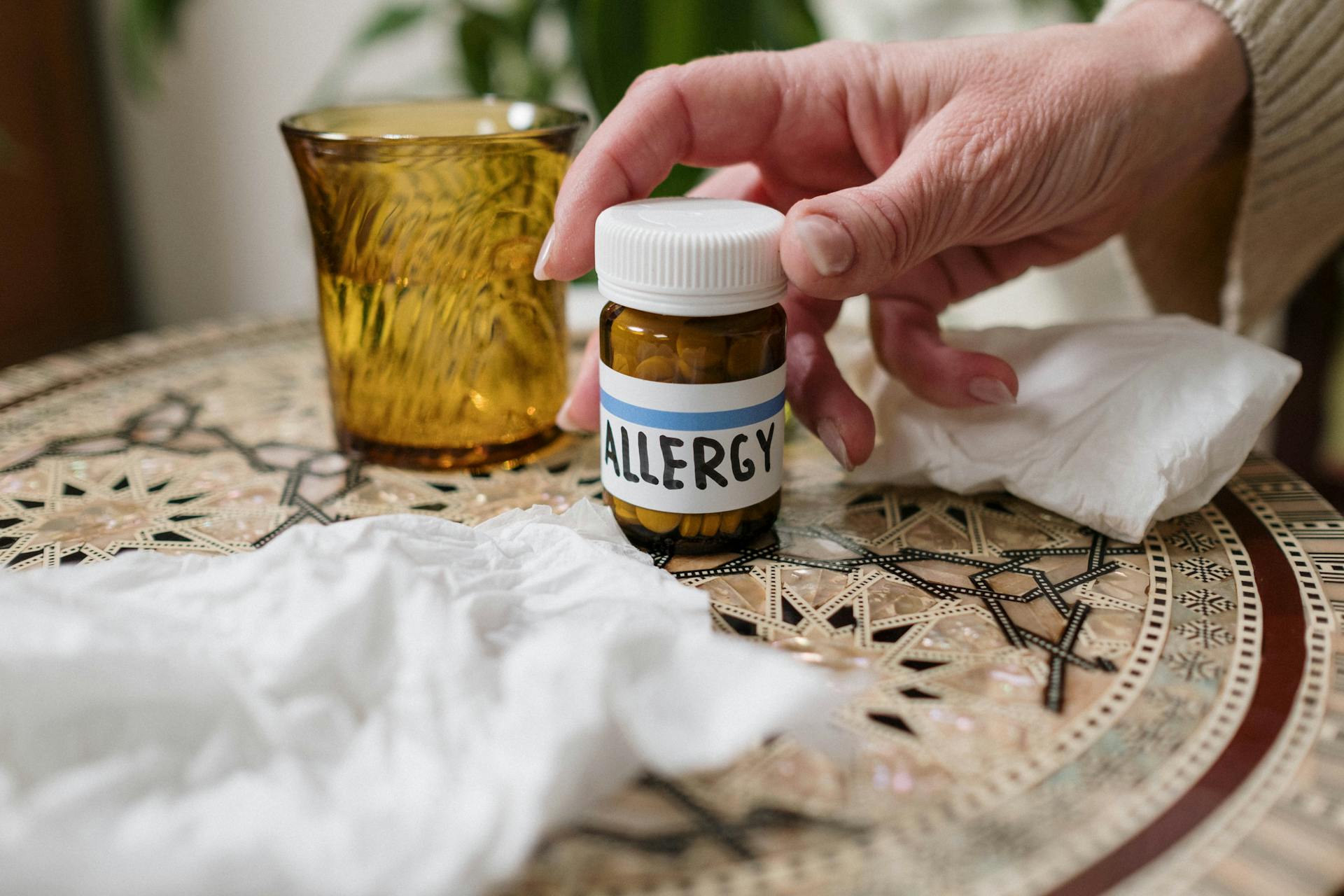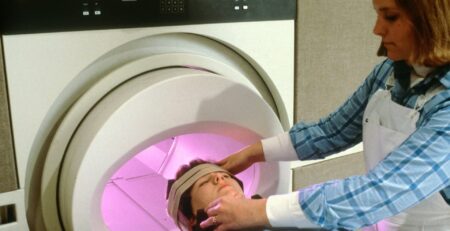Is ‘Red Dye Allergy’ Real?
It can be easy to overlook the potential risks associated with artificial food colors, especially that of red dye 40. While they add visual appeal and packaged foods with bright colors are desirable, especially to children, they can trigger an allergic reaction in some individuals, leading to discomfort and health problems.
Understanding red dye allergies and their management is crucial to those who are affected to avoid adverse reactions and health risks. At Horizon Medical Center, we specialize in managing and diagnosing adverse health effects caused by synthetic food dyes.
Understanding Red Dye Allergies
Red dye 40 is a synthetic food dye and is one of the most commonly used color additives globally. Its vibrant red hue is the preferred choice for enhancing the visual appeal of certain foods such as energy drinks, fruit snacks, breakfast cereals, hot dogs, baked goods, and other colorful food items. In addition to its presence in common foods and beverages, red dye 40 is also commonly used in textiles, makeup, and medications.
Red dye allergies, characterized by hypersensitivity reactions, pose a significant challenge to those who are vulnerable. Specifically, it is hard to identify which food products you are consuming are bothering you, especially if your symptoms are minor.
Apart from red dye 40, carmine—also known as cochineal extract—is a red coloring from the cochineal insect. While this is considered a natural food coloring compared to artificial food dyes, it can still provoke adverse immune responses from susceptible individuals.
Signs and Symptoms of Red Dye Allergic Reactions
Identifying red dye food allergy symptoms is crucial for prompt intervention. Exaggerated immune responses to these food dyes manifest as allergic reactions, which can trigger symptoms ranging from mild to severe.
Skin reactions, such as rash, hives, itchy skin, or eczema are common manifestations of a red dye allergy. Gastrointestinal issues may also occur as a result of a food dye allergy and may present in several different ways. Nausea, vomiting, diarrhea, and abdominal pain are all possible symptoms of a red dye allergy. Drastic changes in blood pressure can also be a dangerous symptom of an allergy to food additives. Respiratory symptoms such as allergic rhinitis causing nasal congestion, coughing, wheezing, and sneezing may also occur. In some severe reaction cases, difficulty breathing can lead to anaphylactic shock, causing the immediate need for an epinephrine auto-injector.
Furthermore, research has suggested that artificial food colors, specifically red dye 40, may be linked to behavioral changes in children like ADHD. Although food dyes may not be the cause of ADHD symptoms, they may contribute to some cases. If you’re concerned about synthetic color additives affecting your child’s behavior, it’s always best to read food labels.
Treatment Options for Red Dye Allergies
Managing red dye 40 allergies involves avoidance strategies, such as reading the food label, keeping a food diary, and limiting consumption to follow the Food and Drug Administration guidelines on the accepted daily intake of synthetic food dyes. Avoidance entails scrutinizing product labels for red dye ingredients and opting for dye-free alternatives where possible. Horizon Medical Center recognizes the importance of understanding and managing food additive allergies, offering specialized insights into this complex medical issue.
Medical interventions may be necessary to help mitigate symptoms and adverse effects of red dye 40 allergies. For symptom relief, antihistamines, corticosteroids, and topical treatments may be prescribed to alleviate allergic reactions. If a patient suffers from severe symptoms such as anaphylactic shock, an emergency epinephrine administration is imperative to counteract life-threatening effects.
While further research is needed to definitively know that synthetic dyes are the cause of ADHD symptoms and not simply just caused by sugar consumption or an unhealthy diet, many parents are adamant that they see a direct correlation between hyperactivity and common food colorants.
 Horizon Medical Center’s Approach to Diagnosing Red Dye Allergies
Horizon Medical Center’s Approach to Diagnosing Red Dye Allergies
Horizon Medical Center employs advanced diagnostic techniques to pinpoint synthetic food dye allergies. Our doctors will learn patients’ specific triggers through comprehensive evaluations, including detailed medical histories, allergy testing, and physical examinations. We are dedicated to providing personalized care that addresses the unique needs of each patient who is suffering from red dye 40 color additive symptoms.
Our comprehensive evaluations delve deep into each patient’s history, allowing us to uncover potential risk factors and patterns that may contribute to the severity of their food dye reactions. Our specialists work closely with each patient, to develop tailored treatment plans designed to maximize effectiveness and minimize the severity of the reaction and discomfort level for the patient.
Ensuring the health and well-being of each patient is our goal, and by coming up with a plan to eliminate or limit many foods, or even doing more research into specific food items, we are committed to helping our patients feel confident when choosing food ingredients.
Specialized Services for Managing Red Dye 40 Allergies
At Horizon Medical Center, we offer a range of services to help the unique needs of an individual suffering from allergies to synthetic food dyes. From personalized dietary guidance to avoidance of red dye 40 strategies, we prioritize a patient-centered approach to enhance the quality of life and minimize allergic burden. While synthetic additives may be hard to avoid, they aren’t impossible, and having a detailed plan for food and beverages gives you a higher success rate.
Additionally, if the allergy to artificial dyes is severe, our specialists will prescribe more intensive intervention methods to ensure a safe and productive life.
Prevention Strategies and Lifestyle Adjustments
Preventing red dye 40 allergies requires proactive measures and lifestyle adjustments. Educating oneself on common red dye 40 sources and the FDA’s accepted daily intake is necessary to minimize exposure risk. Some synthetic color additives in items are obvious like sports drinks, baked goods, and brightly colored foods and beverages. In contrast, others may be more hidden like in certain dairy products and protein powders.
Diligently reading food labels is essential for finding out what food dyes are used, and some healthier options might use beet juice as a colorant instead of red dye 40.
Maintaining open communication with healthcare providers is a pivotal step in ensuring health and wellness. Adopting a balanced diet rich in natural, unprocessed foods and embracing organic alternatives may also help avoid color additives and food dyes. This will contribute to an overall healthier lifestyle as many foods with red dye 40 are also high in sugar. Reduced sugar consumption alone will help overall health and wellness.
Red dye 40 allergies present unique challenges that warrant informed decisions and proactive diet management. By understanding the fundamentals of allergies, being able to recognize allergy symptoms, and advocating for personalized care, Horizon Medical Center empowers individuals to navigate their red dye 40 allergies with resilience and confidence.
Through collaborative efforts and innovative solutions, we strive to ensure that each patient is cared for and supported, fostering a sense of well-being and empowerment throughout their healthcare journey. Contact us today to get started on your red dye 40 allergy management journey!











